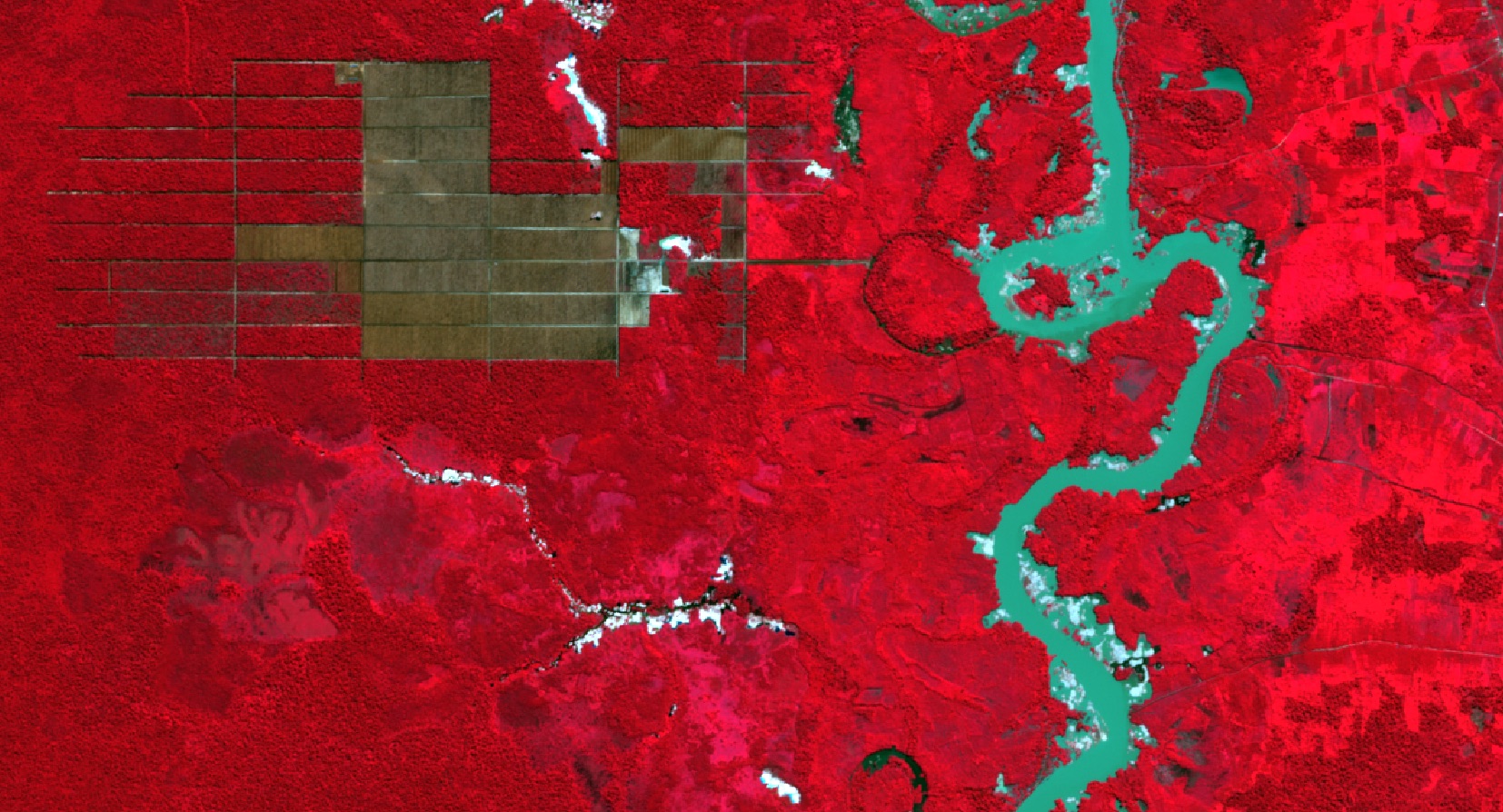Context
For decades international policies and mechanisms of all sorts have been developed to mitigate and adapt to climate change. With the upcoming UN Decade on Ecosystem Restoration the European Space Agency (https://business.esa.int) was looking for concepts utilizing space assets to support these activities. The companies mundialis (https://www.mundialis.de) and terrestris (https://www.terrestris.de), specialised in remote sensing data analysis and geodata management technology, respectively, devised a service platform concept called HERMOSA to support the task of ecosystem restoration, which is considered a nature based solution tackling the consequences of climate change and thus limiting global warming.
Local Partners
The work on HERMOSA would not be possible without partners. terrestris is collaborating on the technical development while Fairventures (https://fairventures.org/), Tree Adoption Uganda (TAU) (https://www.treeadoptionuganda.org) and Global Forest Generation (https://www.globalforestgeneration.org) are local partners in the pilot countries Indonesia, Uganda and Peru where stakeholder workshops took place at the end of September and beginning of October 2019 and in March 2020, respectively.
HERMOSA
HERMOSA is an acronym for Holistic Ecoystem Restoration Monitoring, repOrting, Sharing and mArketplace. It is a digital, internet based platform supporting urgently needed ecosystem restoration efforts at the global level by fostering multi-sectorial and multi-stakeholder collaboration.
Benefits of HERMOSA
The ecosystem and landscape restoration process is an inherently spatial and complex process that requires the support of modern spatial data management systems, especially when large areas are under consideration.
The following benefits of HERMOSA can be identified:
Benefit 1: HERMOSA, to our knowledge, is the only all-in-one system that combines all aspects of finding collaborators through a market place, providing geographic information functionality for project implementation, remote sensing analytics for monitoring, automated reporting and the exchange of knowledge.
Benefit 2: HERMOSA grants easy access to Very High Resolution (VHR) (sub-meter spatial resolution) satellite imagery.
Benefit 3: HERMOSA is able to also analyse appropriate drone data but is far superior due to the scope of satellite imagery when it comes to scaling up.
Benefit 4: HERMOSA is under constant development and can therefore be tailored to the needs of the various stakeholders of Ecosystem Restoration (ER).
Benefit 5: HERMOSA has a worldwide coverage so allows the scaling up of operations anywhere on the globe.
Benefit 6: HERMOSA modules 2 and 3 will be cost efficient with extra services only chargeable when they are needed. Modules 1 and 4 are free of charge
Benefit 7: HERMOSA will be production ready by the start of the UN Decade on Ecosystem Restoration in 2021.
Benefit 8: HERMOSA is taking the level of expertise of the user regarding remote sensing and geo-technologies into consideration, making sure that platform functionalities and products are easy to use. In addition Module 4 of the platform will supply and guide the users with tutorials on how to use the geotechnologies related to ecosystem restoration activities.
Benefit 9: HERMOSA is developed with Free and Open Source Software (FOSS), which makes it very flexible to adapt to continuous changes of the users’ needs while creating transparency and financial sustainability.
Contributing to the UN Decade on Ecosystem Restoration
With the HERMOSA platform we would like to contribute to the UN Decade on Ecosystem Restoration by advancing the 3 following main issues:
- Spread awareness about Ecosystem Restoration and create a global community of knowledge exchange.
- Provide a bridge between the availability of financial programs/mechanisms and existing projects ready to be implemented on the ground in need of financial support/investment.
- Assure the quality and outcomes of financed restoration efforts and provide transparency on the process by using defined indicators.
HERMOSA, by providing a central platform, can support existing efforts from other organisations by bridging and connecting various knowledge types from science & technology, indigenous communities and traditional practices.
Financial programs and mechanisms are established, however linking them efficiently and transparently to projects on the ground is still challenging and not clear to all stakeholders, with access to the programs and their conditions and the financial amounts involved being the biggest questions. In this context the geobased market place with advanced functionalities of HERMOSA is beneficial, if adopted.
Monitoring restoration efforts via MRV is very important as it allows to:
- attract financial investment
- provide transparency for donors/investors as well as the local and international community
- provide the necessary scientific evidence for reporting on the efforts
- enhance the planning, managing and ultimately the decision making of implementation processes of Ecosystem Restoration actions
- communicate about the results and share the stories


The HERMOSA concept and team is open and inclusive and would like to join forces with existing initiatives at the global level to put HERMOSA at the service of the global Ecosystem Restoration community.
Outlook
For mundialis, the HERMOSA project is an opportunity to create a service platform that will facilitate planning, management and monitoring of land restoration. These tasks are prevalent in many other thematics as well so that HERMOSA can literally metamorphose to tackle other subject matters related to climate change, for example disaster risk reduction in the context of the Sendai framework (https://www.undrr.org/implementing-sendai-framework/what-sf) amongst others.